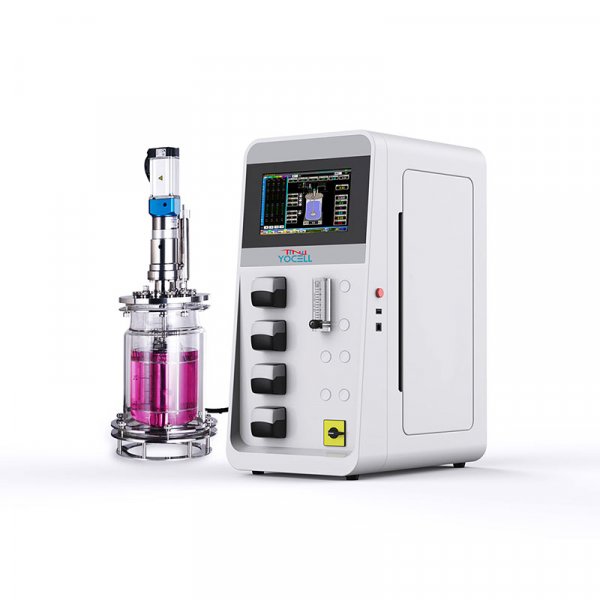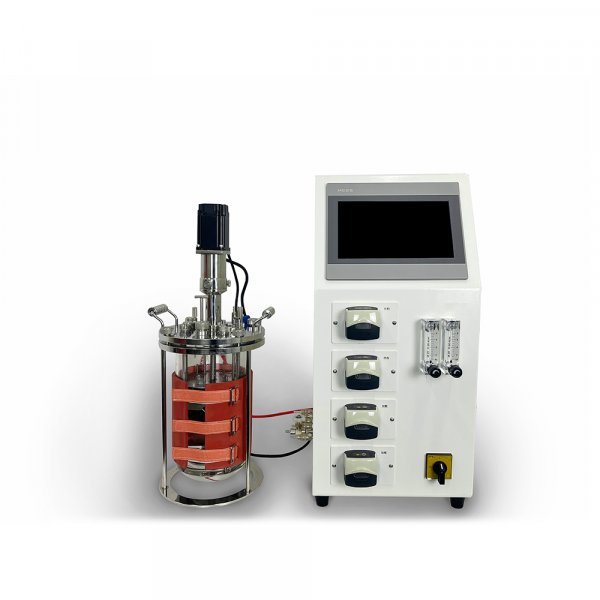Filtration is widely used in biopharmaceutical manufacturing processes for the removal of process impurities and contaminants (particles, viruses) as well as for the control of bioburden. Successful filtration operations are therefore critical to successful biotherapeutic drug production. As bioprocesses evolve toward intensification and the physical size and biochemical complexity of therapeutic products continue to increase, the role of filtration is evolving.
It is becoming increasingly challenging to optimize filtration steps to improve yields and product recovery while achieving acceptable process economics. Collaboration between filtration technology suppliers, biopharmaceutical manufacturers, and regulatory agencies is enabling the development and adoption of new solutions to meet these challenges.
Several types of filtration technologies to manage
Filtration technologies fall into four categories: prefilters, membrane filters, de-virus filters, and tangential flow filters. Deep filtration, TFF, and de-virus filtration are widely used in all types of processes. Membrane materials and MWCO vary by application, and suppliers offer a variety of solutions, with a focus on sterile TFF technology in recent years. Deep filters are used to remove cellular debris and reduce turbidity and impurities, while TFF is used for volume reduction and buffer replacement. Deep filters are made of a variety of materials, including cellulose and diatomaceous earth combined with positively charged resins to remove nucleic acids. Membrane filtration removes small particles and is used for bioburden control. Sterilization filters are mostly made of PES, high performance, multi-layer equipment to cope with the challenge of feeding.TFF filter materials are selected according to the application, flat membrane package equipment is common, but the self-holding capsule type is used for specific production. Air filter dimensional pressure sewage, mostly containing PTFE membrane. Hollow fiber membrane for nanofiltration virus removal, high efficiency and widely used.
Different drug modalities present different filtration challenges
There are a number of challenges that must be overcome to achieve a successful filtration operation that vary by modality, desired goal, and specific filtration operation.
-Monoclonal Antibodies (mAb)
Although monoclonal antibody production platforms are mature, filtration challenges have intensified in recent years. Upstream cell culture elevates titers to 5-10 g/L, accompanied by high densities, high turbidity and increased impurities. While clarification operations are effective, deep filter loading needs to be increased and functionalized to address soluble impurities. High titers also challenge downstream membrane/degermination filtration, requiring highly loaded intermediate filters. High-concentration formulations increase viscosity, making management of high-pressure and sterilizing filtration a challenge, and filter design needs to be optimized to reduce dilution and losses. Nanofiltration de-virionization is costly and varies widely in performance, contrary to the trend toward higher concentrations. However, existing mAb de-virionization technologies are highly efficient and can significantly reduce viral loads with high yields and short processing times.
-Bispecific antibodies
In addition to the challenges faced by traditional monoclonal antibodies, de-viralization filtration also poses difficulties for bispecific antibodies. These molecule types have a tendency to aggregate, which greatly reduces the processing volume of the de-viralization filter, and they are larger than standard monoclonal antibodies. Thus, obtaining economical processing volumes becomes an issue for these challenging feeds.
-Antibody Coupled Drugs
ADCs are unique in the field of biopharmaceuticals because they are extremely potent and therefore need to protect operators and the environment from these complex molecules. “Unlike most bioprocesses, the key challenge here is to protect the operator from the toxic product, rather than protecting the product itself from the environment,” Beckett says. “This can be a problem because there is a limited availability of high-quality containment equipment that can provide a proper seal during production,” he continues.
-Viral vectors
Deep filters on the market are mostly designed for positively charged mAb clarification, which affects viral vector recovery, especially with strong binding to negatively charged and large LVs.AAVs are also limited even though they are small. Low-load cellulose or synthetic material filters are an alternative. Lentiviruses are difficult to decontaminate and filter efficiently due to their large size and tendency to aggregate. Virus vector de-virus filtration is challenging and requires special protection against foreign virus contamination and enhanced safety measures using closed technology. Totally closed aseptic process avoids sterilization and filtration, but TFF equipment is difficult to find and requires formulation adjustments to minimize aggregation. Similar challenges are seen with fragile products such as exosomes and lipid nanoparticles.
-Plasmid DNA
Plasmid DNA (pDNA) products have similar problems to viral vectors in clarifying deep filtration due to the strong negative charge of nucleic acids. pDNA yields can be quite low, Beckett said, and often require formulation changes and/or the use of uncharged media.
Some Current Advances
Membrane media chemistry is advancing, mostly in relation to the application of existing technologies and the design of new equipment. They need to be viewed in the context of bioprocess development. Manufacturers are pressured to control costs and accelerate time-to-market, affecting the overall bioprocess. New advances in filtration technology are mostly incremental and non-disruptive, such as flocculation pre-treatments borrowed from other industries. SPTFF, as a new application of an existing technology, is becoming more and more popular in the industry for high concentration mAb formulations, and the optimized mode of operation allows for a steady state process that achieves high concentrations and low pressures, which is preferable to the traditional TFF.
Noteworthy Advances
Filtration technology has evolved incrementally, but some notable improvements are driving mode upgrades. Deep filtration shifted to highly efficient synthetic media to improve process economics. The mAb challenge is met with strategies such as flocculation, acoustic separation, and TFDF, and AEX fiber chromatography is also favored, combining simplicity with separation accuracy. Functionalized fiber technology extends to full process impurity treatment, facilitating process design and economics, and TFDF improves LV carrier clarification efficiency. Functionalized Fiber Beds and Microspheres Combine Filtration and Chromatography Benefits as New Separation Technologies Are Explored. Improved design of decontamination filtration equipment to support field testing and optimized membrane performance to reduce footprint. More advanced filtration technologies may be seen in the future, incorporating physicochemical separation mechanisms.
Yocell's new sterilizing filtration technology, which addresses the challenges associated with highly concentrated biological feed solutions by solving the problem of premature filter clogging due to high particle loading, and advances in TFF technology include a family of open-ended ultrafiltration (UF) membranes (nominal MWCOs of 300-1000 kDa), where pore-size control issues have been overcome in the manufacturing process to provide more robust separation solutions; and channelized filtration (UF) membranes, which provide a more robust separation solution than ever before. more robust separation solutions; innovations in channel sieving technology that allow for the handling of highly concentrated products; and closed sterilization equipment that reduces validation overhead for temporary clinical events and allows for closed processes to ensure product and/or operator safety.
For de-viralization filtration, advances have focused on further improving the high loading and robustness of existing membranes to support dirtier feeds and more challenging products, such as bispecific antibodies. For other filtration applications, irradiable containment designs are being developed across the industry as the need for enhanced, integrated and containment processes grows.



